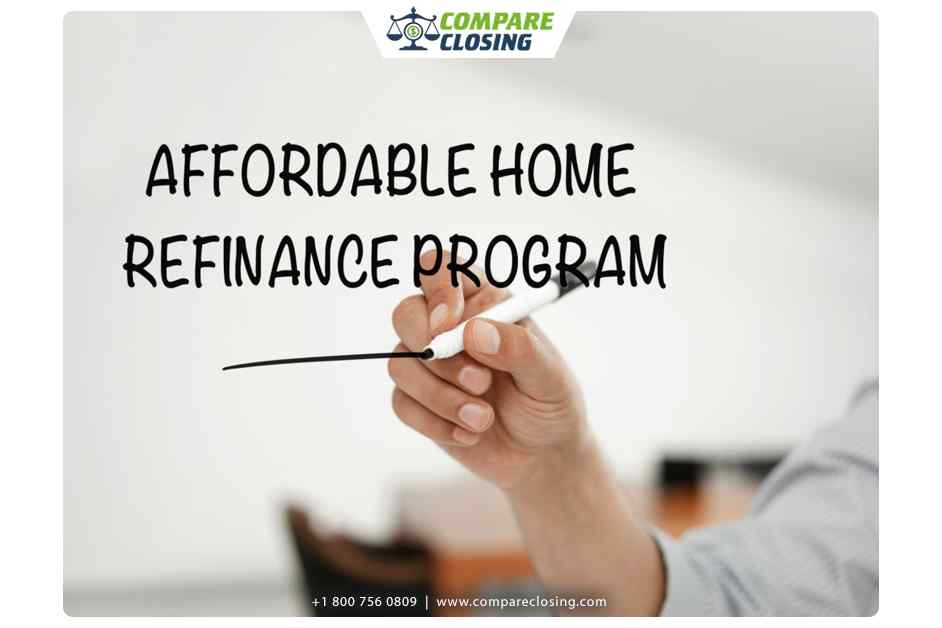Table of Contents
- What Are Netting Escrows & How Does It Work?: The Best Guide - January 2, 2024
- The Secret About Prescriptive Easement: Top Guide 1 Must Know - December 4, 2023
- About Home Equity Loans In Texas And How Can One Obtain It - November 27, 2023
About HARP Program
The federal government has always launched numerous programs and benefits to help particular types and groups of borrowers and homeowners that needed it.
One such program was the Home Affordable Refinance Program (HARP), often confused with the Home Affordable Modification Program (HAMP).
What is HARP?
HARP program or the Home Affordable Refinance Program is a plan offered to homeowners who own a home that has a value lower than the outstanding amount of loan.
This program was launched by the Federal Housing Finance Agency. The HARP program was meant to provide aid following the 2008 financial crisis and has since then been terminated.
The program was created to assist near-underwater and underwater homeowners with refinancing their mortgages as there was a fall in the home prices.
Although the HARP program was terminated in December 2018, borrowers who are underwater still have options available.
A homeowner is said to be ‘underwater’ if he/she owes more than the value of the home.
Understanding Home Affordable Refinance Program
The HARP program or Home Affordable Refinance Program was created in collaboration with Freddie Mac and Fannie Mae, and thus the refinance was only available to homeowners whose mortgages were backed by these entities.
Homeowners should have been in possession of the mortgage that was sold to either of the entities before May 31, 2009.
Due to the financial crisis in 2008 and its impact on real estate, home values went down throughout the country due to which a lot of homeowners ended up being underwater or upside down on their mortgages.
A borrower is said to be underwater or upside down when he/she owes more on a loan than the present value of the home that is the collateral.
The HARP program was launched by the federal government in 2009 in an attempt to slow down the rate at which foreclosures were happening and help the borrowers that had been exploited by the subprime lending practices.
Only the borrowers who qualified for this program could take advantage of it. The property or home had to be in a good condition and the borrowers or homeowners had to be up to date with their mortgage payments.
Borrowers who had already vacated or left their homes or had defaulted the loan were not qualified for the program.
A borrower could be assisted by any participating lender and did not have to go through his/her existing or current lender only.
HARP Eligibility Requirements
The HARP program had the following required criteria that the borrows had to meet:
- The most basic requirement was having a mortgage owned or secured by Freddie Mac or Fannie Mae and closed before or on May 31, 2009.
- The original mortgage loan should have had a loan-to-value ratio of at least 80%.
- The borrower is required to have made on-time payments towards the mortgage with no late payments in the last 6 months and not more than just one 30-day late payment in the last 12 months.
The Harp program did not actually lend any money, but it worked with lenders and offered refinances.
Homeowners and borrowers could verify with their current lender or visit the HARP website and check if the lender has participated in the program.
HARP vs HAMP
The Home Affordable Modification Program was another program that was launched to curb the rate of foreclosures after the market had crashed.
The Home Affordable Modification Program, unlike HARP, refinances, were intended for borrowers for whom defaulting on the loan was unavoidable, or who had already defaulted. The program expired in 2016, before HARP.
The Home Affordable Modification Program could only be obtained through the current lender, and every lender had their own set of requirements for eligibility.
Though modifying a mortgage loan alters the terms of the mortgage, it is different from refinancing.
A modification can sometimes show on the credit report of the borrower as having altered the terms of the mortgage.
Modifications can also affect a borrower’s future creditworthiness in some cases.
Several borrowers may also have to deal with an additional tax, as the terms of modifications sometimes include writing off a part of the loan that is owed, and the Internal Revenue Service may consider this as an income earned.
Conclusion
The HARP program or Home Affordable Refinance Program was a program launched by the Federal Housing Finance Agency, for homeowners who had gone underwater due to the financial crisis of 2008 and its effect on real estate prices.
This crisis caused a huge drop in home prices across the country. The program was terminated in December 2018, however, there are still options available for borrowers to choose from.
Amanda Byford
Amanda Byford has bought and sold many houses in the past fifteen years and is actively managing an income property portfolio consisting of multi-family properties. During the buying and selling of these properties, she has gone through several different mortgage loan transactions. This experience and knowledge have helped her develop an avenue to guide consumers to their best available option by comparing lenders through the Compare Closing business.





